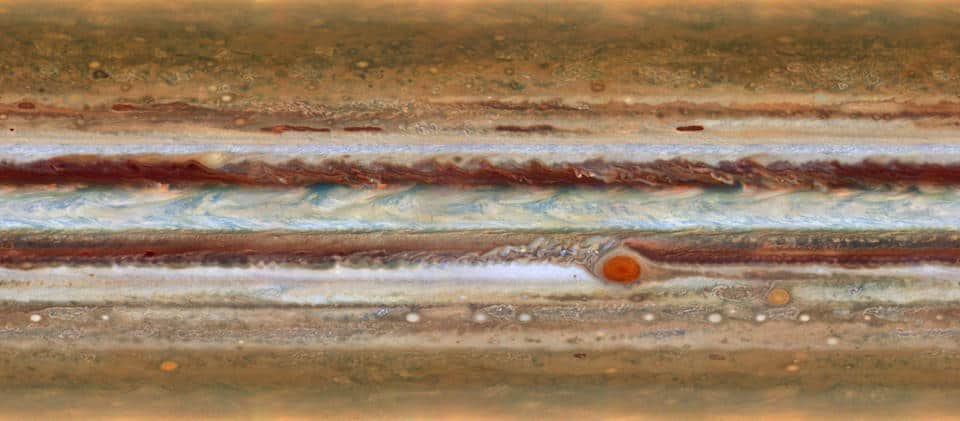Newly developed computer models suggest that Jupiter may have caused the ejection of a fifth gaseous planet from our solar system about four billion years ago.
A group of researchers, led by PhD Candidate Ryan Cloutier of U of T’s Astronomy and Astrophysics Department, recently published their research, which details how Jupiter’s gravitational force may have caused a planetary ejection, in The Astrophysical Journal.
David Nesvorny of Boulder, Colorado’s Southwest Research Institute first proposed the existence of a fifth gas giant planet in 2011. “In our work we performed some important tests of his theory in an effort to work towards its confirmation or to find a contradiction,” said Cloutier in an email to The Varsity.
Generally, large bodies in our solar system are most affected by the sun’s gravitational force, due to the sun having, by far, the largest mass of any body solar system. However, when smaller orbiting objects approach each other, gravitational attraction between the two bodies can exceed the force exerted on them by the sun, causing the motion of those objects to change.
In the case of this particular ejection, Cloutier noted that, “when these close encounters were thought to occur, the solar system was much more compact than it is today. Compactness is conducive for planetary encounters to occur because of the close proximity of the giant planets.”
Due to the close proximity of the gas giants, the gravitational forces between Jupiter and the fifth planet would have been large enough to result in the fifth planet accelerating to such a speed that it could escape the sun’s gravitational pull.
Instead of focusing on the large bodies, researchers modeled how such an event would affect the smaller bodies in our solar system, specifically the gas giants’ moons. The models focused on the orbits of Jupiter’s moon Callisto and Saturn’s moon Iapetus, and their orbit’s ability to withstand a planetary ejection.
“Ultimately, we found that Jupiter is capable of ejecting the fifth giant planet while retaining a moon with the orbit of Callisto,” Cloutier stated in an interview with The National Post. “On the other hand, it would have been very difficult for Saturn to do so because Iapetus would have been excessively unsettled, resulting in an orbit that is difficult to reconcile with its current trajectory.”
Cloutier believes that his group’s findings will give researchers better insight into celestial body interactions. “Our work provides a framework within which other simulations can test whether or not simulated planetary encounters are consistent with the orbits of the regular satellites of Jupiter and Saturn. This is useful because simulations often do not include these bodies directly because of the immense computational cost,” he explained.
Amateur astronomers should not be expecting planetary ejections any time soon, Cloutier added, “The planets in today’s outer solar system are neither compact nor eccentric, so there won’t be any more planet ejections from the solar system for a long time.”


